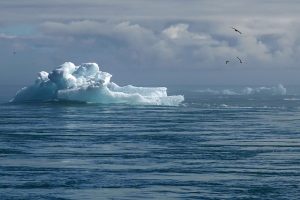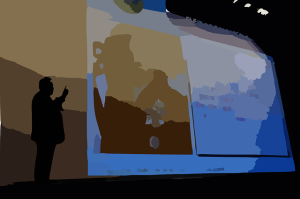The Fifth National Climate Assessment, NCA5: It is Full of Bogus Claims
Robert W. Endlich
INTRODUCTION:

On 14 November 2023 the office of President Biden released a video of him praising the publication of the Fifth National Climate Assessment, a report required every four years by the Global Change Research Act of 1990. Some of the graphics in Biden’s video proclaim, “Historic Climate Action,” a daft, in my opinion, notion that humans, led by the population of the United States, through supposedly legal (Congressional), Administrative, Executive and Judicial Continue reading “A Critique of the Fifth National Climate Assessment”




